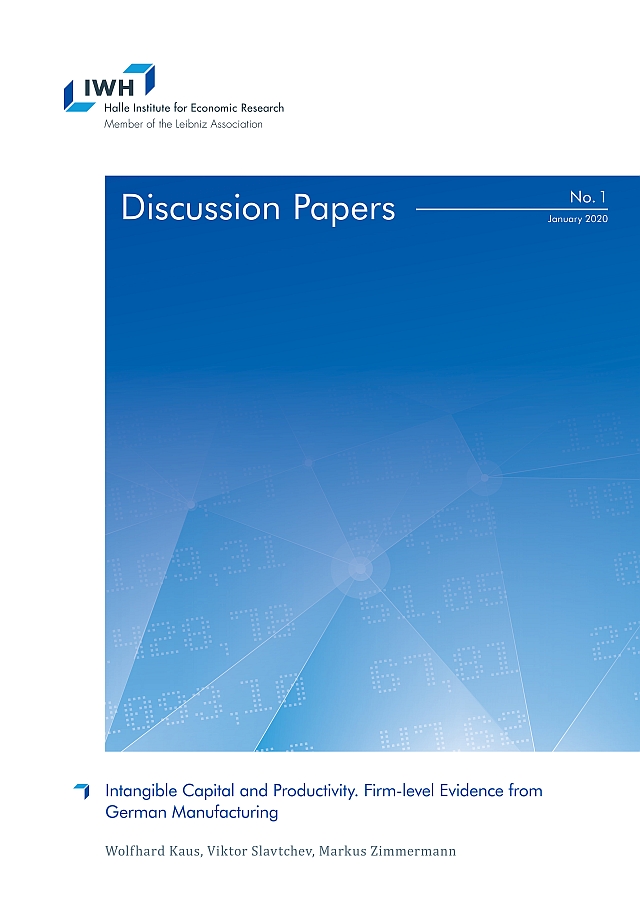
Intangible Capital and Productivity. Firm-level Evidence from German Manufacturing
We study the importance of intangible capital (R&D, software, patents) for the measurement of productivity using firm-level panel data from German manufacturing. We first document a number of facts on the evolution of intangible investment over time, and its distribution across firms. Aggregate intangible investment increased over time. However, the distribution of intangible investment, even more so than that of physical investment, is heavily right-skewed, with many firms investing nothing or little, and a few firms having very large intensities. Intangible investment is also lumpy. Firms that invest more intensively in intangibles (per capita or as sales share) also tend to be more productive. In a second step, we estimate production functions with and without intangible capital using recent control function approaches to account for the simultaneity of input choice and unobserved productivity shocks. We find a positive output elasticity for research and development (R&D) and, to a lesser extent, software and patent investment. Moreover, the production function estimates show substantial heterogeneity in the output elasticities across industries and firms. While intangible capital has small effects for firms with low intangible intensity, there are strong positive effects for high-intensity firms. Finally, including intangibles in a gross output production function reduces productivity dispersion (measured by the 90-10 decile range) on average by 3%, in some industries as much as nearly 9%.





